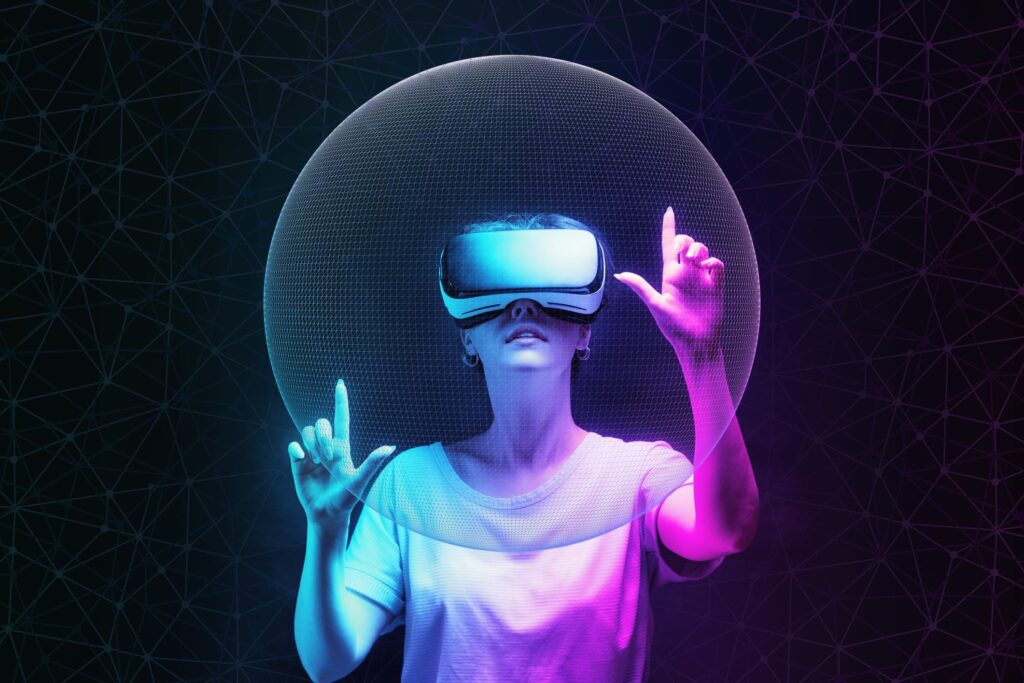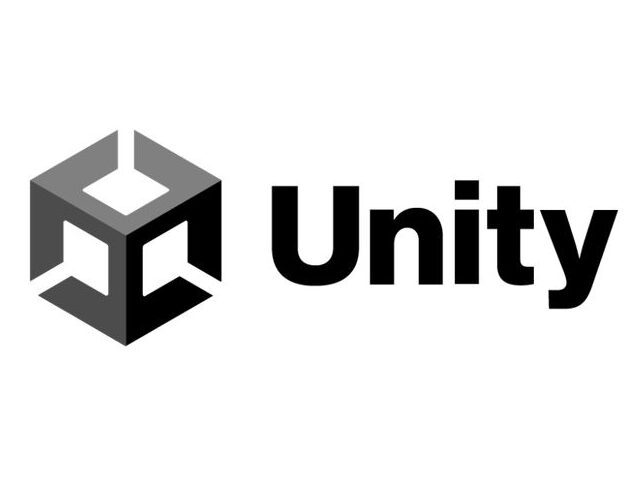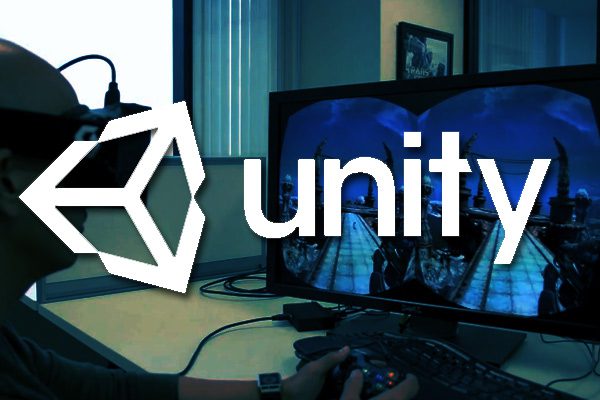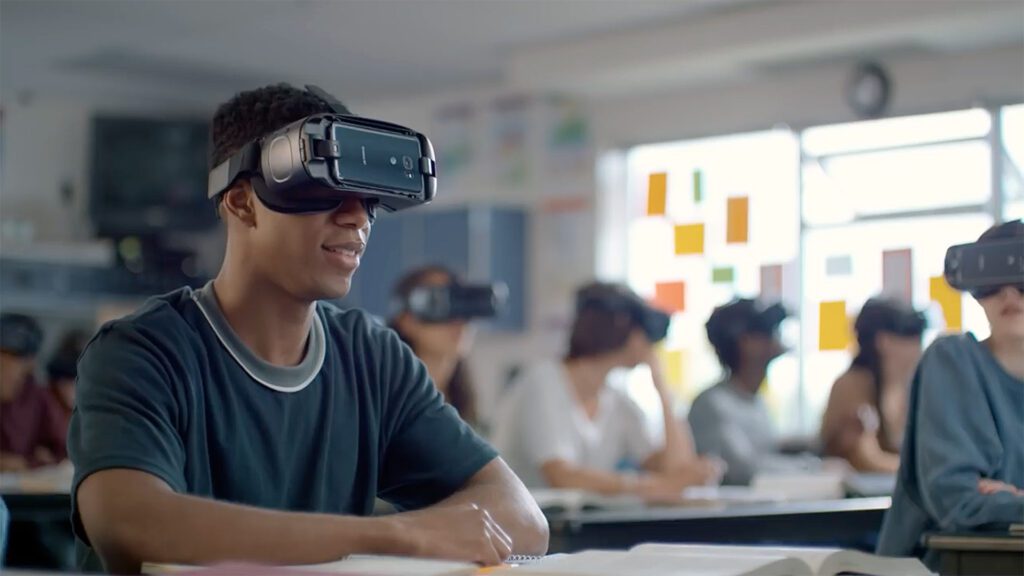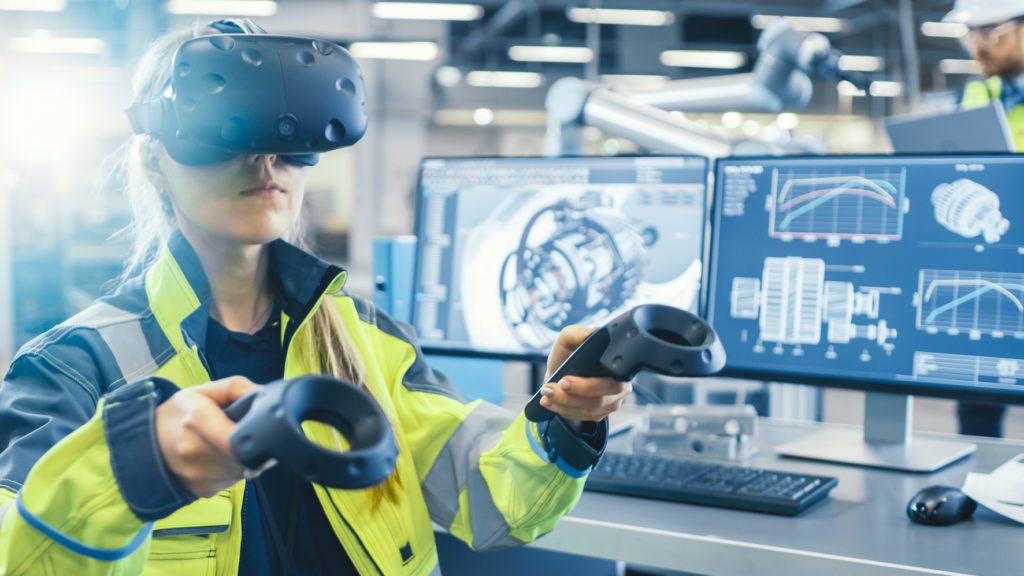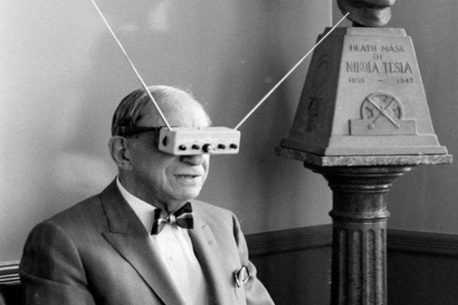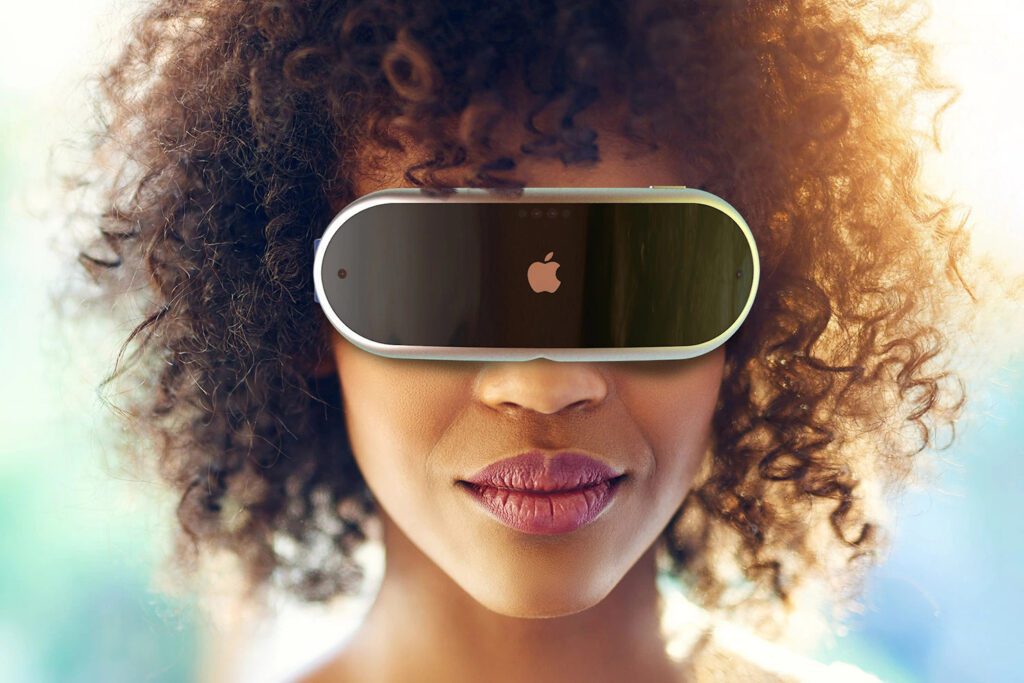Virtual Reality (VR) and Augmented Reality (AR) are two of the fastest-growing tech sectors in recent years, and businesses are eager to capitalize on this trend by investing in innovative VR and AR solutions. However, hiring the right developers for these projects can be a daunting task, especially if you don’t have a clear understanding of the skills and experience required for VR and AR development. In this article, we will provide a comprehensive guide on how to hire developers for VR and AR projects, covering all the key aspects you need to consider to make the right hire. Below is an example of a VR experience Foresight Studios created for MPS. The program introduced students to various STEM concepts, and included a story based interactive quiz that teachers can access. The Code the Hoan program is owned and operated by Sharp Literacy Understanding VR and AR Development Requirements VR and AR development requires a unique set of skills and experience, different from traditional software development. VR and AR developers need to have a solid understanding of game engines, 3D graphics, and physics, as well as experience with motion tracking, hand tracking, and other related technologies. In addition to technical skills, VR and AR developers should also have a strong sense of design and user experience (UX). They should be able to create engaging and immersive experiences that captivate users, while also ensuring that the experience is smooth and seamless. The Importance of Portfolios One of the best ways to assess a VR or AR developer’s skills and experience is to look at their portfolio. A portfolio should showcase the developer’s previous projects, demonstrating their technical capabilities, design skills, and UX knowledge. It’s important to review portfolios carefully and pay attention to the following: Key Technical Skills to Look for in a VR/AR Developer When hiring a VR or AR developer, it’s important to look for the following technical skills: Cultural Fit and Team Dynamics Hiring the right VR or AR developer is not just about technical skills and experience. It’s also important to consider the cultural fit and team dynamics. You want to make sure that the developer you hire will fit in well with your existing team, and that they have the right attitude and work ethic to collaborate effectively with others. Conclusion Hiring the right VR and AR developers is essential for the success of your VR and AR projects. By following the guidelines outlined in this article, you can ensure that you make the right hire and bring your VR and AR vision to life. From understanding the unique skills and experience required for VR and AR development, to assessing portfolios and considering cultural fit, this guide provides a comprehensive overview of the key factors to consider when hiring VR and AR developers. With the right team in place, your VR and AR projects are sure to be a success. “At Foresight Studios, we are experts in interactive development and virtual reality. Our team of skilled developers and designers are based in Milwaukee, WI and have a passion for creating immersive and engaging experiences that push the boundaries of technology. With years of experience in the industry, we have a proven track record of delivering high-quality, innovative solutions for our clients. Whether it’s creating interactive PC or Mac experiences, mobile applications or VR experiences, we have the expertise to bring your vision to life. Our focus on user-centered design ensures that your project will not only be visually stunning, but also intuitive and accessible for all users. With our cutting-edge technology and commitment to excellence, Foresight Studios is the perfect choice for companies looking to enhance their online presence and provide their users with an unforgettable experience.”
